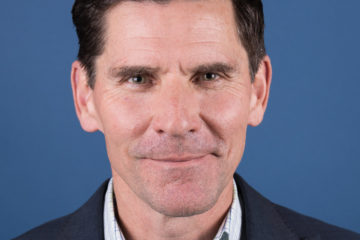Pastor Poverty Q4

Public-private partnerships are key – and so is sectoral targeting. There are many industries worthy of support, particularly those like advanced manufacturing, construction, and health care that provide strong pathways to the middle class. But many poor people are not in those sectors yet and we must look to see where early gains can be made. Research by my shop, the USC Program for Environmental and Regional Equity and the Santa Cruz Institute for Social Transformation, has lifted up the importance of the care industry. As it turns out, the big demographic transformation ahead is not the emergence of California as a majority people of color state – that happened back in the late 1990s and the ethnic shift has dramatically slowed down. Rather, it is that we will go from a state in which 11 percent of residents were seniors in 2010 to a state where 26 percent will be senior in 2050. Employment in nursing, elder, family, home health, and child care service is more than double employment in high-tech services – and it’s been growing faster as well. With the emergence of a caring economy, we need to ask how well we are caring for those workers in terms of wages, training, and working conditions – the answer is not very well and we will need a combination of unionization, government regulation, and high road employer behavior to do right by these critical employees.


